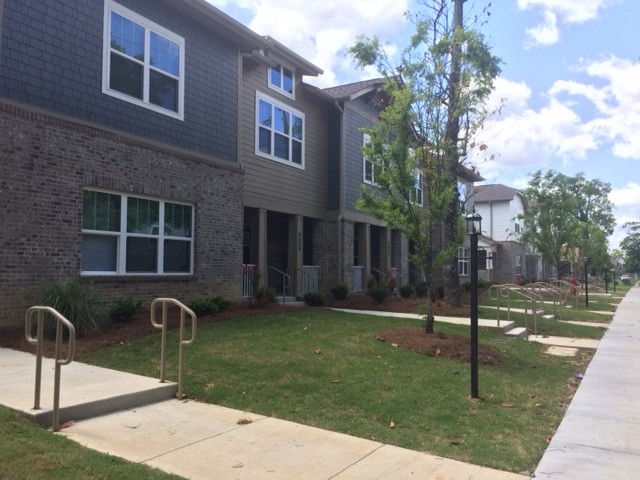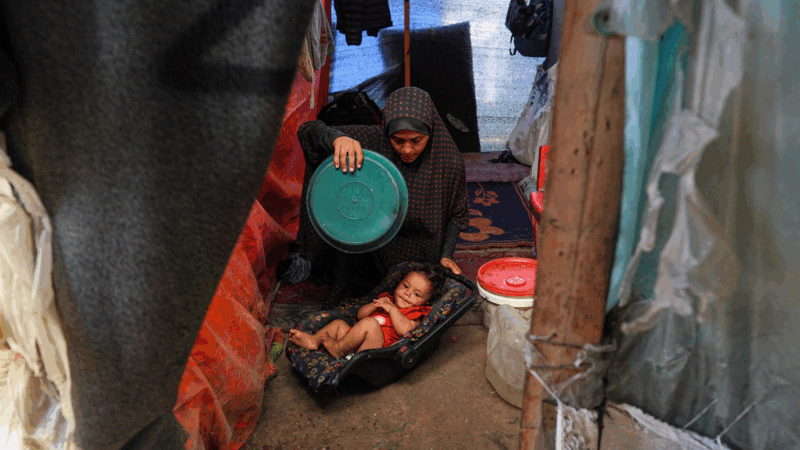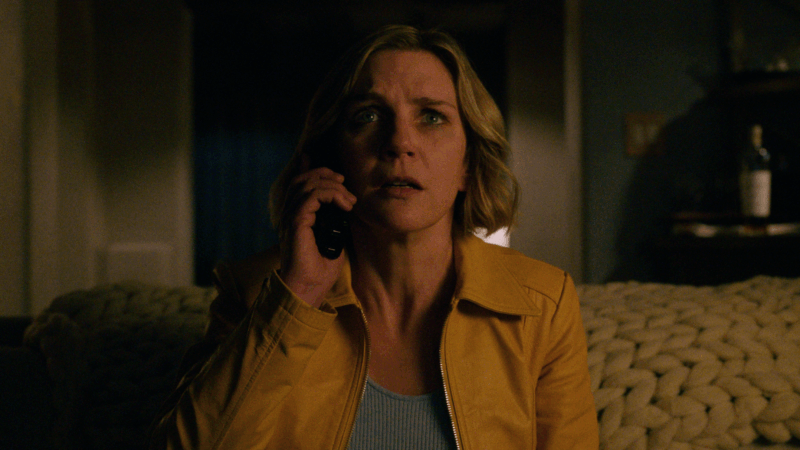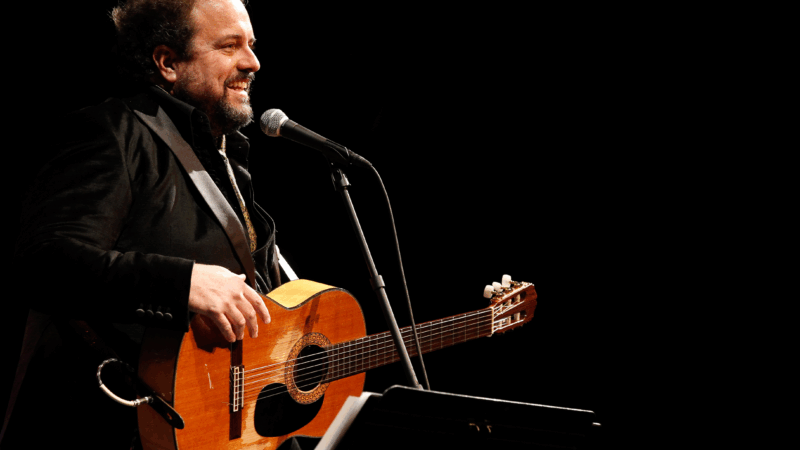Birmingham Revitalization: Feelings of Hope, Fear in Woodlawn
Standing on First Ave. South in Woodlawn, Kelleigh Gamble is so recognizable that people stop dead in their tracks just to say hello, even when they’re driving. One resident nearly causes an accident when she sees him.
“It’s not me it’s the work,” Gamble says humbly. He’s the real estate director at the Woodlawn Foundation, an organization working to revitalize the area in partnership with other community groups. One of the revitalization efforts is the foundation’s Homeowner Rehabilitation Program.
“We added a ramp to this house,” he says, pointing to a handful of houses on First Ave. South that have had facelifts as well as internal improvements. “We added some weatherization to this home. We updated all of her electrical work, because she was on fuse boxes.”
The Woodlawn Foundation has helped around 60 homeowners through this program, which is funded by a federal grant. Another 200 are currently on a waiting list, Gamble says. This is just one of the ways the foundation is trying to spur investment and woo former residents back to the neighborhood.
“Come on back downtown to Woodlawn,” he exclaims. “Your mom’s, or your grandmother’s or your aunt’s house is here. You go to church here. Stay here.”
Woodlawn was a predominantly white neighborhood until it was integrated in the 1970s. After that, many whites fled, migrating over the mountain and Woodlawn became predominantly black. And then many of these residents left too. The foundation is trying to change that with projects like the Park at Wood Station, a 64-unit townhouse complex on First Ave. South. It’s less than a year old and Gamble says there are already roughly 1,500 people waiting for vacancies. It’s reserved for renters who make less than 60 percent of the median household income. People like Jackie McKinney, who retired to Wood Station from her previous home nearby on 50th Street, where she says she was scared … all the time.
“I was afraid to even go out the house,” McKinney says.
Looking back, she remembers seeing prostitutes and drug deals on a regular basis. But her life at Wood Station is just the opposite, she says. A more robust police presence and strict neighborhood rules make her feel safe enough to go outside and sit on her porch, even in the middle of the night.
“When I feel like I want to go out, yeah I go out. It’s all together different than where I was on 50th St., says McKinney.
She credits her newfound safety and security to Woodlawn’s revitalization, which has also attracted businesses. But some question if this is the best development for the community.
“The face of Woodlawn is changing; It’s becoming diverse,” says Myeisha Hutchinson, president of the Oak Ridge Park Neighborhood Association. “And with diversity, with no cultural lessons – and this is everywhere – there comes fear.”
Development is coming mostly from white-owned businesses whose stakeholders don’t live in Woodlawn, she says. This is making residents feel like their neighborhood is under siege. Hutchinson says that while she appreciates the interest in her community, these businesses don’t reflect the faces of Woodlawn today.
“I don’t think it’s intentional, because when you talk to progressive whites in some cases they just don’t get it,” Hutchinson says. “They just say, ‘Oh I don’t want to see color.’ But that’s the history of our city. We’ve never really had a big conversation about it.”
Development could potentially raise property values and in turn property taxes. That’s not happening at the moment, but residents of Woodlawn, many of whom are poor, fear being displaced or priced out of their homes. As for new businesses, Hutchinson hopes current residents will be encouraged to become entrepreneurs. Hutchinson says diversity is good because people need to see those who look like themselves, but also those who don’t. That’s an idea Woodlawn continues to struggle with as interest in the area grows.
Millions of borrowers in Biden’s SAVE plan would start paying under new settlement
Legal challenges put SAVE borrowers in limbo for months, a time during which they were not required to make payments on their loans. That would change if the proposed settlement is approved.
Rising temperatures could have a chilling impact on young children
A study points to a new concern about the effect that heat can have on young children.
‘Pluribus’ star Rhea Seehorn says no thanks to a world dictated by group think
In the Apple TV series, Seehorn stars as a woman named Carol who suddenly finds herself surrounded by people who are inexplicably happy. The only problem: Carol's not interested in joining them.
Who is Danny Ocean, the pop star playing at the Nobel Peace Prize ceremony?
The 33-year-old singer collaborated with Nobel Prize winner María Corina Machado during last year's highly-contested elections in Venezuela.
Believe it or not, this book makes taxes fascinating
The Price of Democracy tells the history of taxation from colonization to the present day. It's essential reading for anyone who cares about preserving democracy.
Raul Malo, lead singer of The Mavericks, has died at 60
The son of Cuban immigrants, Malo and his band blended country, rock and roll, folk, jump blues, Latin music and Cajun rhythms into a distinct sound anchored by his unmistakable voice.







